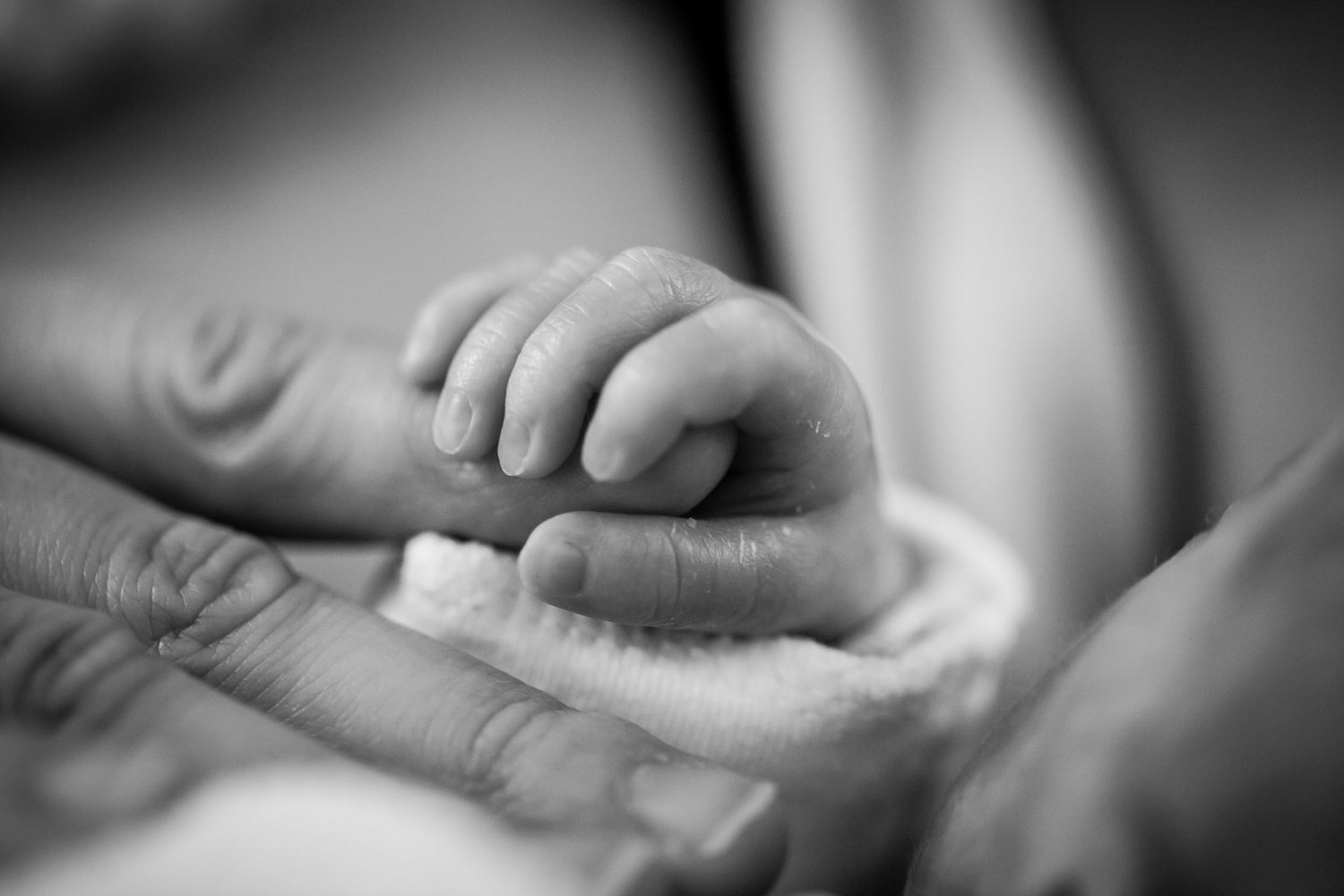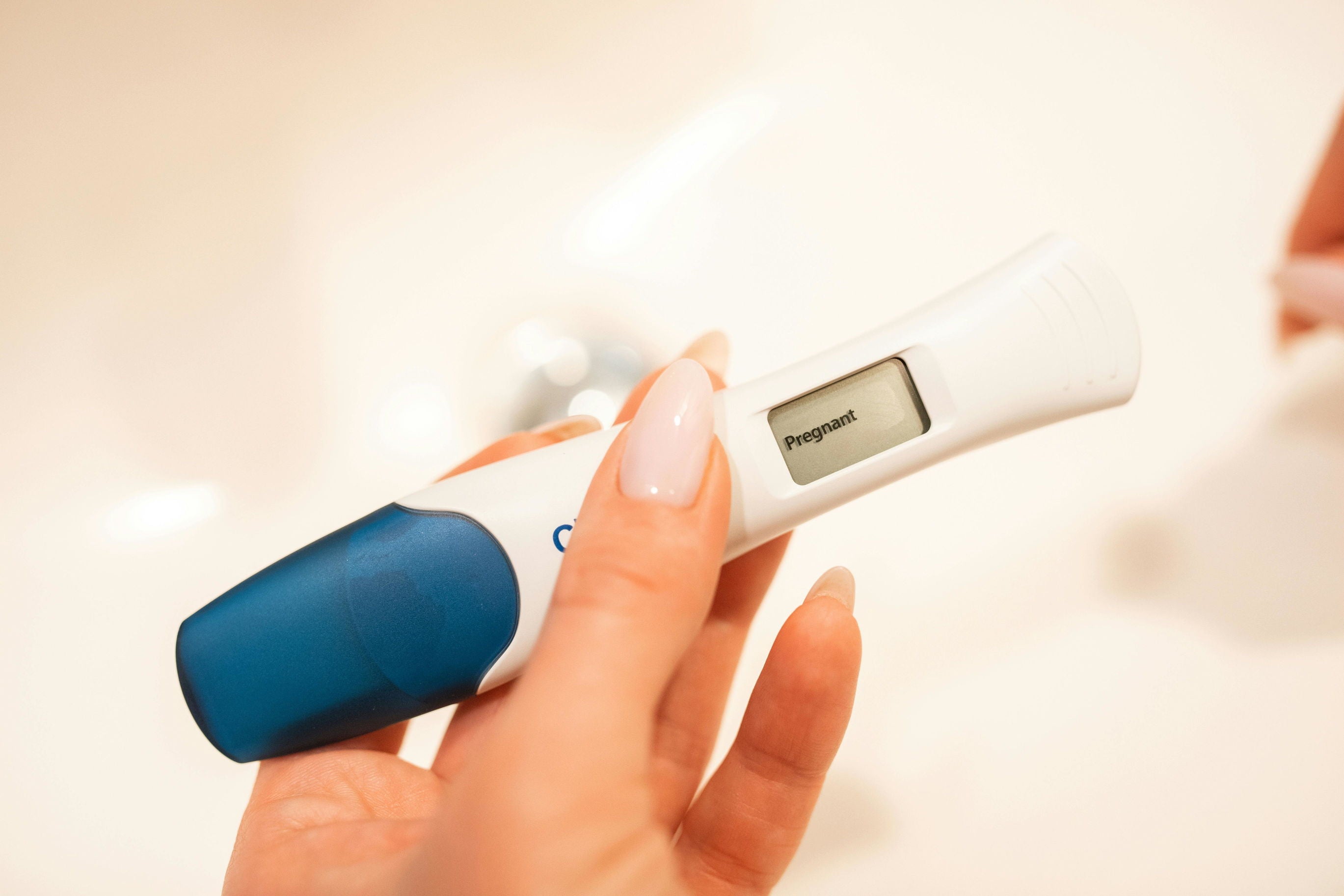The journey of pregnancy culminates in labour and delivery, a process filled with anticipation, excitement, and often some degree of anxiety. Understanding what to expect can help ease some of the stress and make the experience more manageable. In this blog post, we’ll provide a detailed look at what you can expect during labour and delivery, from the early signs to postpartum recovery.
Understanding Labour
Labour is the process your body goes through to give birth, and it typically occurs in three stages: early labour, active labour, and the delivery of the placenta. Here’s a closer look at each stage:
1. Early Labour
- Duration: This stage can last for hours or even days, especially for first-time mothers.
- Signs: Early labour is characterised by mild to moderate contractions that are irregular but gradually become more consistent. You may also experience a bloody show, which is the discharge of the mucus plug from the cervix.
- Cervical Changes: During early labour, the cervix begins to dilate (open) and efface (thin out).
What to Do:
- Stay Relaxed: Try to relax and rest as much as possible. Use relaxation techniques such as deep breathing, warm baths, or gentle walking.
- Stay Hydrated and Nourished: Drink plenty of water and eat light, nutritious snacks to keep your energy up.
- Contact Your Healthcare Provider: Keep in touch with your healthcare provider to inform them of your progress.
2. Active Labour
- Duration: Active labour typically lasts between 4 to 8 hours.
- Signs: Contractions become stronger, longer, and closer together, usually every 3 to 5 minutes and lasting 45 to 60 seconds.
- Cervical Changes: The cervix dilates from 6 to 10 centimetres.
What to Do:
- Go to the Hospital or Birthing Centre: When contractions are regular and strong, it’s time to head to your birthing location.
- Use Pain Management Techniques: Utilise breathing techniques, labour positions, and pain relief options such as epidurals or analgesics as recommended by your healthcare provider.
- Support System: Lean on your birth partner, doula, or healthcare team for support and encouragement.
3. Transition Phase
- Duration: The shortest but most intense part of labour, lasting 30 minutes to 2 hours.
- Signs: Very strong and close contractions, often 2 to 3 minutes apart and lasting 60 to 90 seconds.
- Cervical Changes: The cervix fully dilates to 10 centimetres.
What to Do:
- Focus on Breathing: Concentrate on your breathing and relaxation techniques.
- Stay Positive: Remind yourself that you’re nearing the end and will soon meet your baby.
Delivery
1. Pushing and Birth
- Duration: This stage can last from a few minutes to several hours, especially for first-time mothers.
- Signs: A strong urge to push as the baby moves down the birth canal.
- Action: With each contraction, you’ll push to help the baby move through the birth canal. Follow your healthcare provider’s guidance on when and how to push.
What to Do:
- Listen to Your Body: Push when you feel the urge and rest between contractions.
- Stay Hydrated: Sip water or ice chips to stay hydrated.
2. Delivery of the Placenta
- Duration: This stage usually lasts about 5 to 30 minutes after the baby is born.
- Signs: Mild contractions continue to help expel the placenta.
What to Do:
- Follow Instructions: Your healthcare provider will guide you through this process. A few gentle pushes may be required.
Postpartum Recovery
Immediate Postpartum
- Skin-to-Skin Contact: Immediately after birth, skin-to-skin contact helps regulate your baby’s temperature, heart rate, and breathing. It also promotes bonding and breastfeeding.
- Initial Checks: Your baby will be examined and given necessary care, including weighing, measuring, and administering any required medications.
What to Do:
- Rest and Recover: Allow yourself time to rest and recover. Your body has just gone through a significant event, and rest is crucial.
- Breastfeeding: If you choose to breastfeed, start as soon as possible. Your healthcare provider or a lactation consultant can assist you with the process.
Coping with Postpartum Changes
Physical Changes
- Bleeding: Expect vaginal bleeding (lochia) for a few weeks after delivery. This is your body’s way of shedding the uterine lining.
- Breast Changes: Your breasts will produce colostrum initially and then transition to producing milk. Engorgement can occur, and it’s important to nurse frequently or express milk to relieve discomfort.
- Pain and Discomfort: You may experience pain and discomfort from vaginal tears or a C-section incision. Pain relief options should be discussed with your healthcare provider.
What to Do:
- Manage Pain: Use prescribed pain relief methods, whether medication, warm baths, or ice packs.
- Stay Hydrated and Nourished: Continue to drink plenty of fluids and eat nutritious meals to support your recovery and milk production.
Emotional Changes
- Baby Blues: It’s common to feel a mix of emotions, including joy, anxiety, and sadness, known as the baby blues. These feelings typically subside within a couple of weeks.
- Postpartum Depression: If feelings of sadness, anxiety, or hopelessness persist, it’s important to seek help. Postpartum depression is a serious condition that requires professional support.
What to Do:
- Seek Support: Talk to your partner, friends, or a healthcare professional about how you’re feeling. Joining a support group can also be beneficial.
- Self-Care: Make time for self-care activities that you enjoy and that help you relax and recharge.
Conclusion
Labour and delivery are profound experiences that bring a mix of challenges and joys. Understanding what to expect can help you feel more prepared and empowered. Remember, every birth experience is unique, and it’s essential to trust your body and seek support when needed. At Jae Ko, we’re here to support you on your journey to motherhood. Visit our blog for more tips, advice, and resources to help you navigate pregnancy and beyond with confidence.





Leave a comment
This site is protected by hCaptcha and the hCaptcha Privacy Policy and Terms of Service apply.